My Personal Journey with the Autoimmune Protocol
My autoimmune disease symptoms started with puberty—fatigue, chronic constipation, migraines, steady and unrelenting weight gain that didn’t scale with my high activity level …

My autoimmune disease symptoms started with puberty—fatigue, chronic constipation, migraines, steady and unrelenting weight gain that didn’t scale with my high activity level …
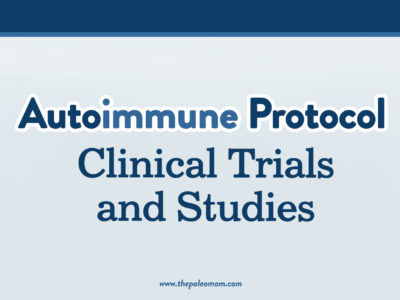
The Autoimmune Protocol, or AIP, is a science-based diet and lifestyle intervention for autoimmune disease and other chronic illnesses driven by immune dysregulation. You can think …

In the last week of my 6-week intensive online course about the Autoimmune Protocol, the AIP Lecture Series, I address many issues related to lifelong health and wellness. …
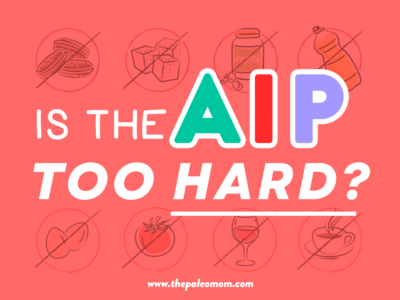
There is one pervasive myth about the Autoimmune Protocol: It’s too hard. When it comes to learning about and implementing the AIP, there’s definitely a learning curve. …
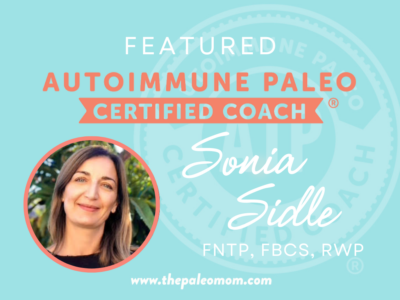
Sonia Sidle is the co-founder of J’adopte l’AIP, the first program created in French to guide people with autoimmune diseases to implement the AIP in six weeks. Sonia Sidle is a …

My definitive guidebook on the Autoimmune Protocol, called The Paleo Approach: Reverse Autoimmune Disease and Heal Your Body, was published way back in January of 2014. This …
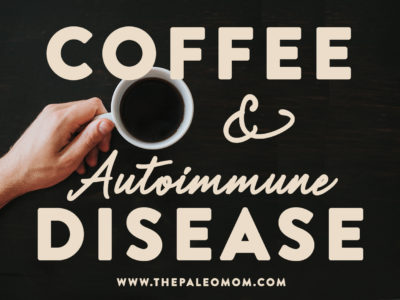
For many of us, any study suggesting our coffee-drinking habits might be good for us is a reason to celebrate (and to raise our mugs of hot delicious Americanos in toast)! And as …
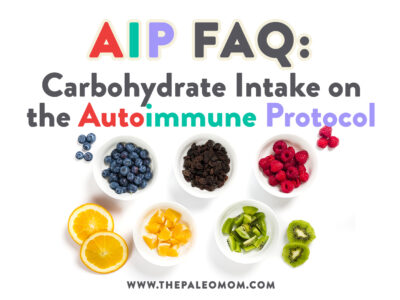
One of the consequences of a nutrients-first approach is that the distribution of macronutrient intake tends to end up fairly balanced, with roughly a third, give or take, of …

Autoimmune disease is an epidemic in our society, affecting an estimated 50 million Americans. There are more than a hundred confirmed autoimmune diseases—some of the most common …
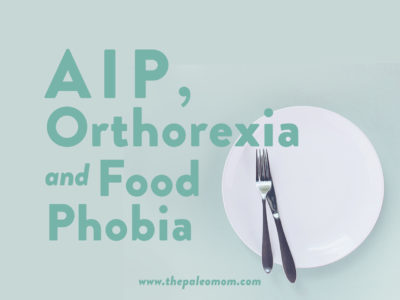
I just wrapped up another session of the AIP Lecture Series, marking two years of teaching this online course, and I’m reminded that one of the (many) benefits of this type …
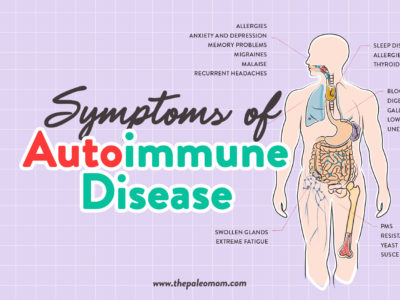
There are more than one hundred confirmed autoimmune diseases and many more diseases that are suspected of having autoimmune origins, see Should Everyone Follow the AIP?. Symptoms …
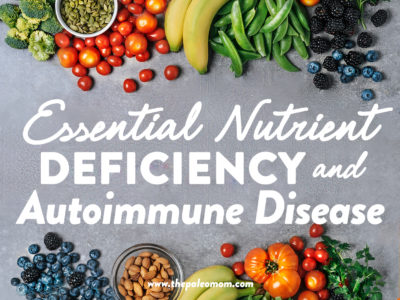
Many micronutrients are immune modulators, meaning that sufficient amounts of these substances are required to regulate the immune system. Although epidemiological studies reveal a …

If you’re a practitioner who is passionate about improving your clients’ lives by incorporating the therapeutic potential of diet and lifestyle interventions, read on!! …
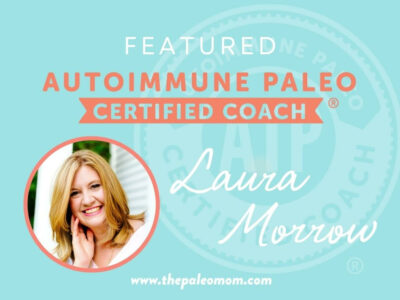
After suffering from fatigue, brain fog, joint pain, and chronic headaches and migraines, Laura reversed her autoimmune symptoms by changing her diet and lifestyle using the …
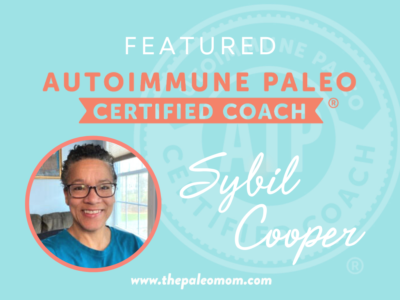
Dr. Sybil Cooper is a Certified Functional Nutrition Counselor, AIP Certified Coach, Certified Primal Health Coach and a current student at School of Applied Functional Medicine. …

I’m so excited to announce the the next session of The AIP Lecture Series!!! It begins Monday, January 10th, 2022 and there’s still time to get early-bird pricing! I …
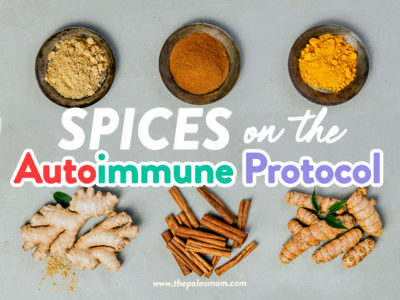
When it comes to herbs and spices, figuring out which ones are safe on the Autoimmune Protocol can be tricky. Many spices come from the seeds of plants and some are even from the …
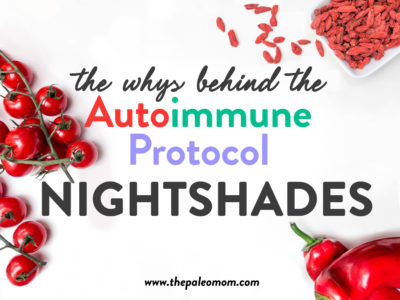
Tomatoes, potatoes (but not sweet potato), eggplants, sweet and hot peppers (but not black pepper), and chili-based spices (including paprika) all come from plants which are …

As I gear up to teach the next session of the AIP Lecture Series, you’ve asked me a ton of excellent questions about the course! I decided to collate these questions and my …

The Autoimmune Protocol can be thought of as a nutritional intervention for a diet gone badly awry, overabundant in calories and lacking in vital nutrients. But how well an …
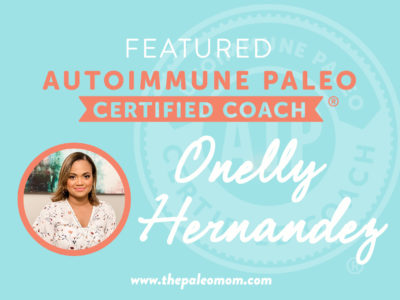
Onelly Hernandez is a Certified Primal Health Coach and an AIP Certified Coach. She has worked as a Certified Nurse Assistant for 9 years in in-home care and health care …
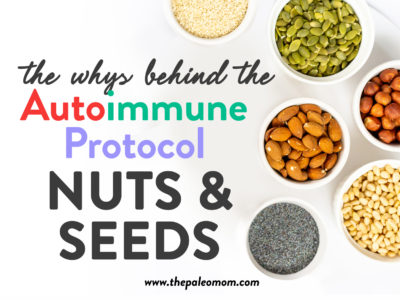
Nuts and seeds in moderation are a health-promoting food. A variety of studies have shown that a mere 20 grams of tree nuts per day is associated with substantially reduced risk …

Indira Pulliadath is a Nutritional Therapy Practitioner (NTP) and an AIP Certified Coach. She has a Masters in Pharmaceutical Outcomes and Policy and a Masters in Business …

Some foods are obvious wins for a health-promoting diet because they have tons of beneficial constituents and very few or no constituents that undermine health—good examples of …
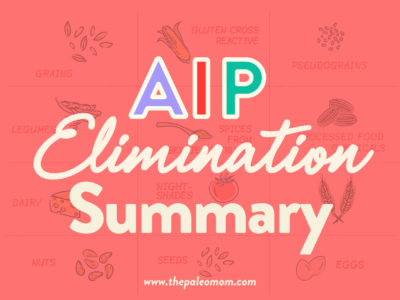
As you adopt the Autoimmune Protocol, your food choices become focused on consuming the nutrients to support healing—foods that provide everything your body needs to stop attacking …

Chronic illness is epidemic in our society. More than half of all Americans take two or more prescription drugs, and about one-fifth of us take at least five different daily …

I recently released my new gut microbiome e-books, The Gut Health Guidebook and The Gut Health Cookbook (released this week!), the culmination of nearly six years of intense …
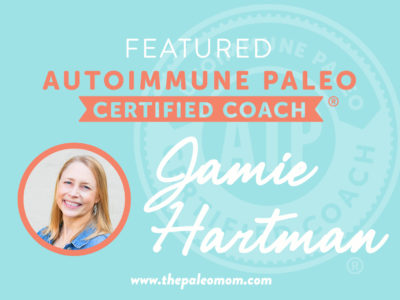
Jaime Hartman is an educator, chef, recipe developer, nutritional therapy practitioner, yoga teacher, and health coach who believes that nurturing both the body and the mind is …
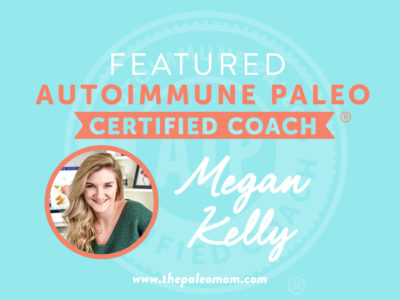
Megan Kelly is The Realistic Holistic, a holistic nutritionist helping ambitious babes with digestive & autoimmune disorders to use nutrition and self-love so that they can …

With the approach of the New Year, I know many of my readers will be taking stock of their health and considering how it might improve in 2020. For many of you, that might mean …

Well, Starbucks has made it official. It’s pumpkin season! LOL! Even if the weather hasn’t quite changed where you live (it’s still in the 90s for me!), chances …

The thyroid gland produces hormones that control metabolism as well as influence other essential systems in the human body, such as the cardiovascular system, the immune system, …

I launched my website 7 1/2 years ago. At the time, there was almost no information on The Autoimmune Protocol out there: a half page of additional foods to avoid if you have …
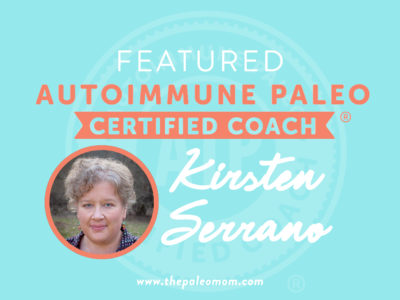
Kirsten combines her training as a Nutrition Consultant with her certifications as an Autoimmune Paleo Coach ©, Wahls Protocol © Health Professional, Certified Gluten Practitioner …
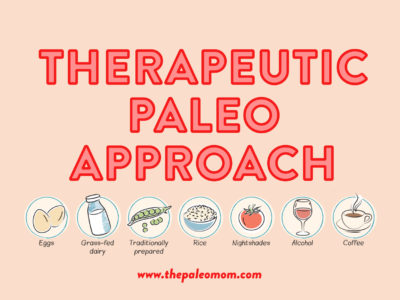
I have followed a Paleo diet and lifestyle for nearly eight years, and I owe my health to a Therapeutic Paleo Approach. But, I want to get something straight: I don’t …

I am so deeply grateful to Shanna for first sharing her story with me, and second, being willing to share it with you. Shanna reached out to me last winter to tell me how my …

Da-da da da da daaaaah! I’m so excited to finally be able to launch the e-book that you’ve been asking for for so long, The Autoimmune Protocol! Scientific studies …

Joanna Frankham helps you to make lasting diet and lifestyle choices that serve you. She is an AIP mentor and Certified Health Coach who uses rituals and group programs (like her …
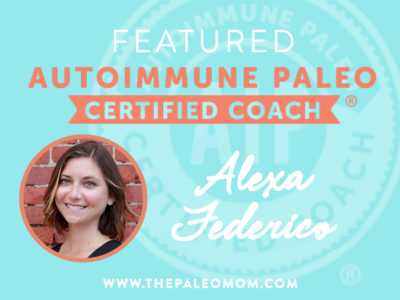
Alexa Federico is the founder of GirlinHealing.com, a recipe and wellness site for the autoimmune community and the author of The Complete Guide to Crohn’s Disease & …

Joanna Frankham helps you to make lasting diet and lifestyle choices that serve you. She is an AIP mentor and Certified Health Coach who uses rituals and group programs (like her …

Infertility is clinically defined as the inability for a couple to conceive, with the pregnancy resulting in a live birth, after having unprotected intercourse for 12 months. And, …

Are you considering following the AIP as your New Year’s resolution this year? That’s how I got started, but I would do it differently if I had to do it all over …
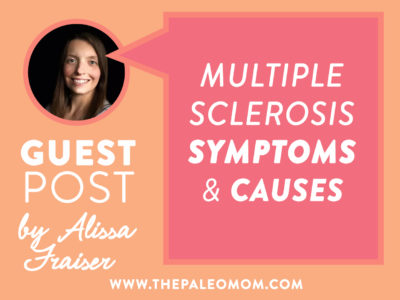
Hey there! My name is Alissa and I am a blogger and owner of LissMS. I am a Nutritional Therapy Consultant, AIP Certified Coach, Certified Personal Trainer and Licensed Mental …
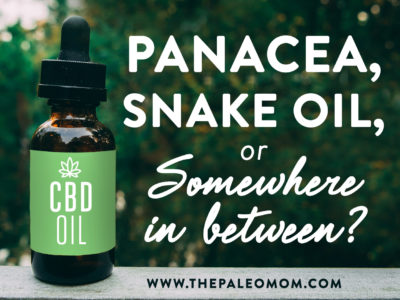
I want to thank the wonderful people taking my successful AIP Course for the inspiration and motivation to dive into this topic in detail: I started fielding questions about CBD …
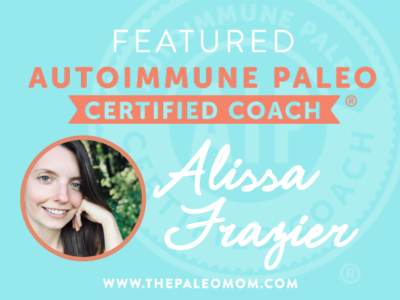
Alissa is the blogger behind LissMS. She is a Nutritional Therapy Consultant, AIP Certified Coach, Certified Personal Trainer and Licensed Mental Health Counselor. She works with …

Kerry Jeffery (B.A.) is a qualified Clinical Hypnotherapist, Counselor, and Life Coach, living well with Hashimoto’s Thyroiditis, Celiac Disease and Antiphospholipid Syndrome in …

Joanna (Jo) Frankham is a certified Health Coach and meditation facilitator who specializes in helping clients overcome the overwhelm of implementing the diet and lifestyle …
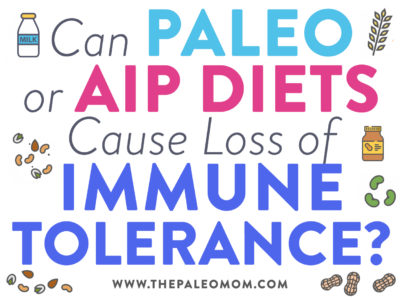
In a previous post, we looked at the development of immune tolerance (the body’s lack of reaction to antigens that could potentially trigger an immune response) in the context of …
